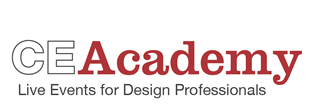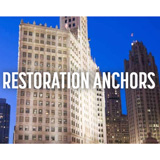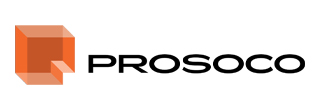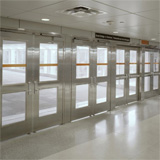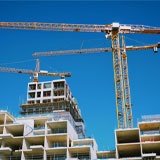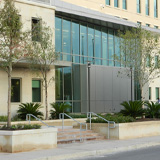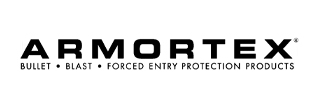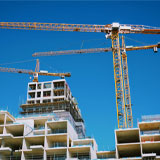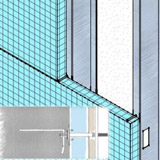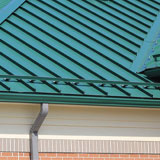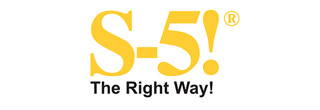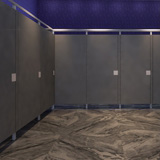JOIN US EACH AFTERNOON • FREE TO ATTEND!
Web-Series for New York & New Jersey

Web-Series for New York & New Jersey
Event Dates
Monday, November 9 | Tuesday, November 10 | Wednesday, November 11 | Thursday, November 12
Available Credits
12 AIA HSW/LU CE Hour(s)
2 GBCI General Hour
Event Agenda
Monday, November 9, 2020
Monday, November 9, 2020 | 10:00 am Central
|
Sponsored By All Weather Insulated Panels 1 AIA HSW/LU CE Hour(s) 1 GBCI General Hour Learning Objectives:
|
Monday, November 9, 2020 | 11:00 am Central
|
Sponsored By PROSOCO 1 AIA HSW/LU CE Hour(s) Learning Objectives:
|
Monday, November 9, 2020 | 1:00 pm Central
|
Sponsored By 3M 1 AIA HSW/LU CE Hour(s) Learning Objectives:
|
Monday, November 9, 2020 | 2:00 pm Central
|
Sponsored By World Dryer Presented By Joe Cannizzaro 1 AIA HSW/LU CE Hour(s) 1 GBCI General Hour Learning Objectives:
|
Tuesday, November 10, 2020
Tuesday, November 10, 2020 | 11:00 am Central
|
Sponsored By Ambico Limited 1 AIA HSW/LU CE Hour(s) 1 GBCI General Hour Learning Objectives:
|
Tuesday, November 10, 2020 | 1:00 pm Central
|
Sponsored By International Cellulose Corporation 1 AIA HSW/LU CE Hour(s) 1 GBCI General Hour Learning Objectives:
|
Tuesday, November 10, 2020 | 2:00 pm Central
|
Sponsored By Armortex 1 AIA HSW/LU CE Hour(s) Learning Objectives:
|
Wednesday, November 11, 2020
Wednesday, November 11, 2020 | 11:00 am Central
|
Sponsored By PROSOCO 1 AIA HSW/LU CE Hour(s) 1 GBCI General Hour Learning Objectives:
|
Wednesday, November 11, 2020 | 1:00 pm Central
|
Sponsored By Regupol America LLC 1 AIA HSW/LU CE Hour(s) 1 GBCI General Hour Learning Objectives:
|
Wednesday, November 11, 2020 | 2:00 pm Central
|
Sponsored By DuPont Building Innovations 1 AIA LU CE Hour(s) 1 GBCI General Hour Learning Objectives:
|
Thursday, November 12, 2020
Thursday, November 12, 2020 | 1:00 pm Central
|
Sponsored By S-5! 1 AIA HSW/LU CE Hour(s) Learning Objectives:
|
Thursday, November 12, 2020 | 2:00 pm Central
|
Sponsored By Scranton Products 1 AIA HSW/LU CE Hour(s) Learning Objectives:
|
